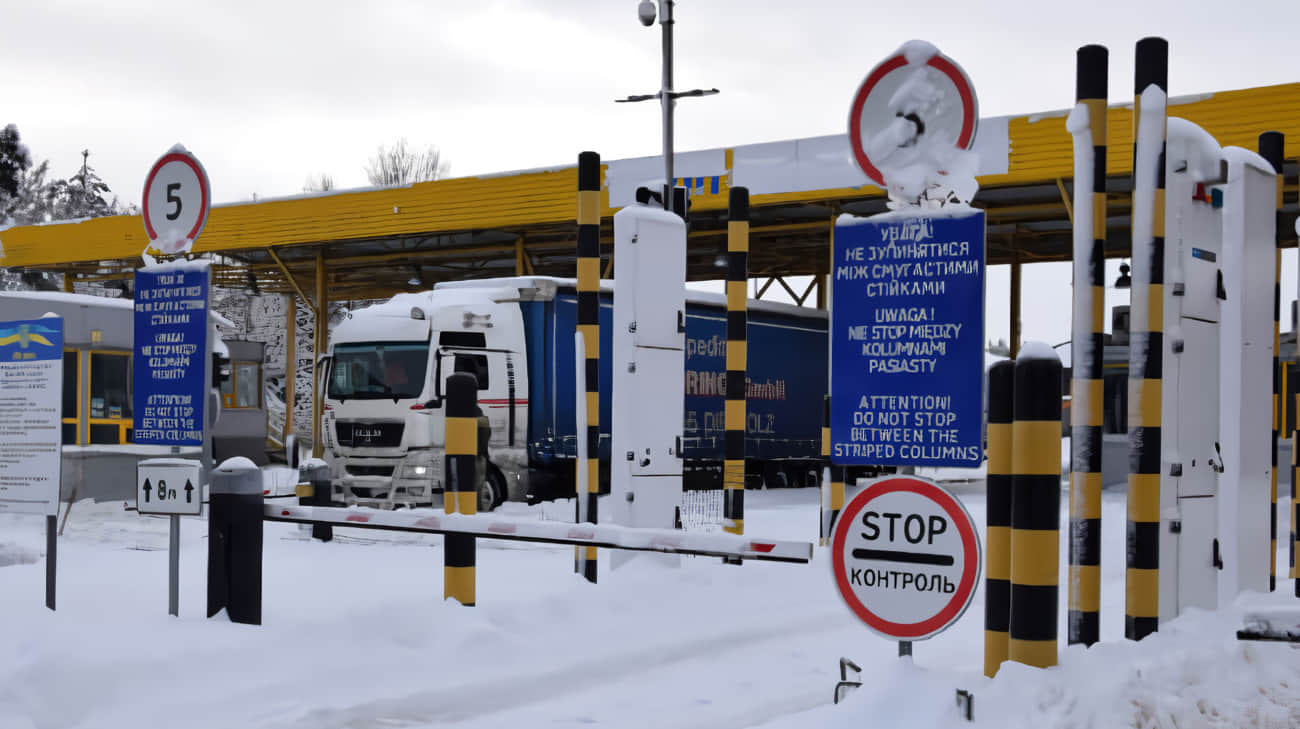Putin lowers threshold for Russian nuclear weapons use after Biden's Ukraine missile decision
Russian President Vladimir Putin on Tuesday lowered the threshold for nuclear weapons use, just two days after the U.S. authorized Ukraine to use long-range missiles inside of Russia. Putin updated his nuclear doctrine, "Basic Principles of State Policy of the Russian Federation on Nuclear Deterrence," to say that any aggression from a non-nuclear state with...

Russian President Vladimir Putin on Tuesday lowered the threshold for nuclear weapons use, just two days after the U.S. authorized Ukraine to use long-range missiles inside of Russia.
Putin updated his nuclear doctrine, "Basic Principles of State Policy of the Russian Federation on Nuclear Deterrence," to say that any aggression from a non-nuclear state with the support of a nuclear state will be treated as a joint attack on Russia.
"The Russian Federation reserves the right to use nuclear weapons in case of aggression with the use of conventional weapons against it," Kremlin Spokesman Dmitry Peskov told reporters Tuesday, according to Russian state-run media outlet TASS.
Peskov also said that western-made conventional missiles used by Ukraine to strike into Russia would be consistent with the updated doctrine and could trigger Russia's nuclear response.
Putin in September had previously threatened to use nuclear weapons if long-range missiles struck Russia, a dire warning to the U.S. at a time when Washington was considering approving Ukraine's use of Army Tactical Missile System (ATACMS) to deep-strike Russian territory.
The Biden administration ultimately held off until Sunday, when reports indicated the U.S. had lifted the restriction on ATACMS and are allowing Ukraine to strike deeper into Russia.
Russia's Ministry of Defense reported in a Telegram post Tuesday that a facility was struck in the Russian region of Bryansk with ATACMS missiles.
The U.S. decision appears to have been influenced primarily by Russia's deployment of some 10,000 North Korean troops into Kursk, the Russian territory that Ukraine partly seized in an August surprise invasion.
While they have not publicly confirmed the approval of ATACMS inside of Russia, U.S. officials have indicated that Russia has already escalated the war by sending North Korean troops into the fray.
It's unclear how serious Putin is about deploying nuclear weapons in Ukraine. He has repeatedly, throughout the course of the war, threatened to do so but has never followed through. Several red lines have also been crossed, including the Kursk invasion.
Russia is in a better position than it has been for a long time in the war, encroaching on Ukraine's territory across the 600-mile front and particularly in the Donetsk region, where Ukrainian forces are struggling to repel the Russian mass.
President-elect Trump has also promised to end the war by the time he gets into office, which some fear means giving up Ukrainian territory to Putin.



